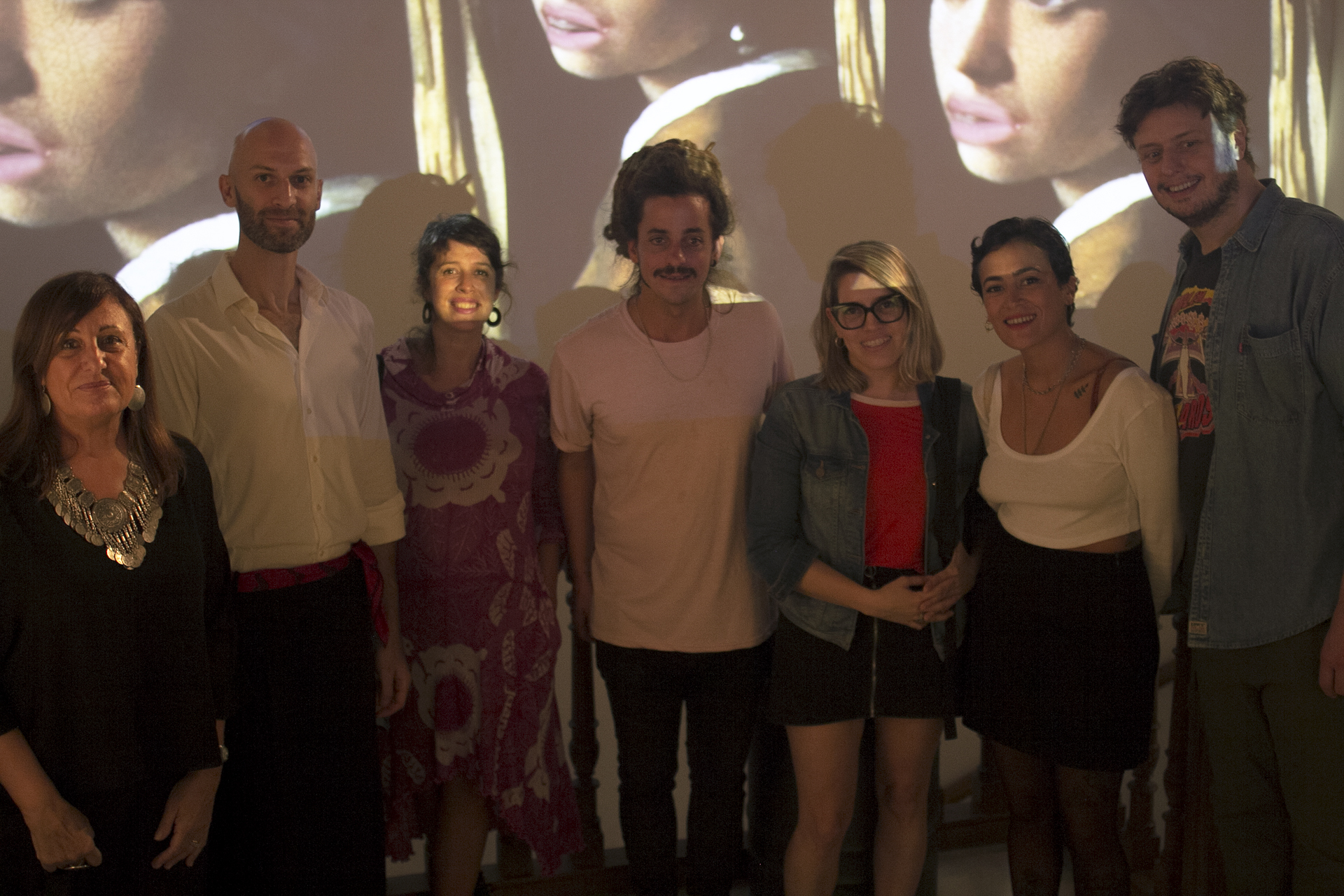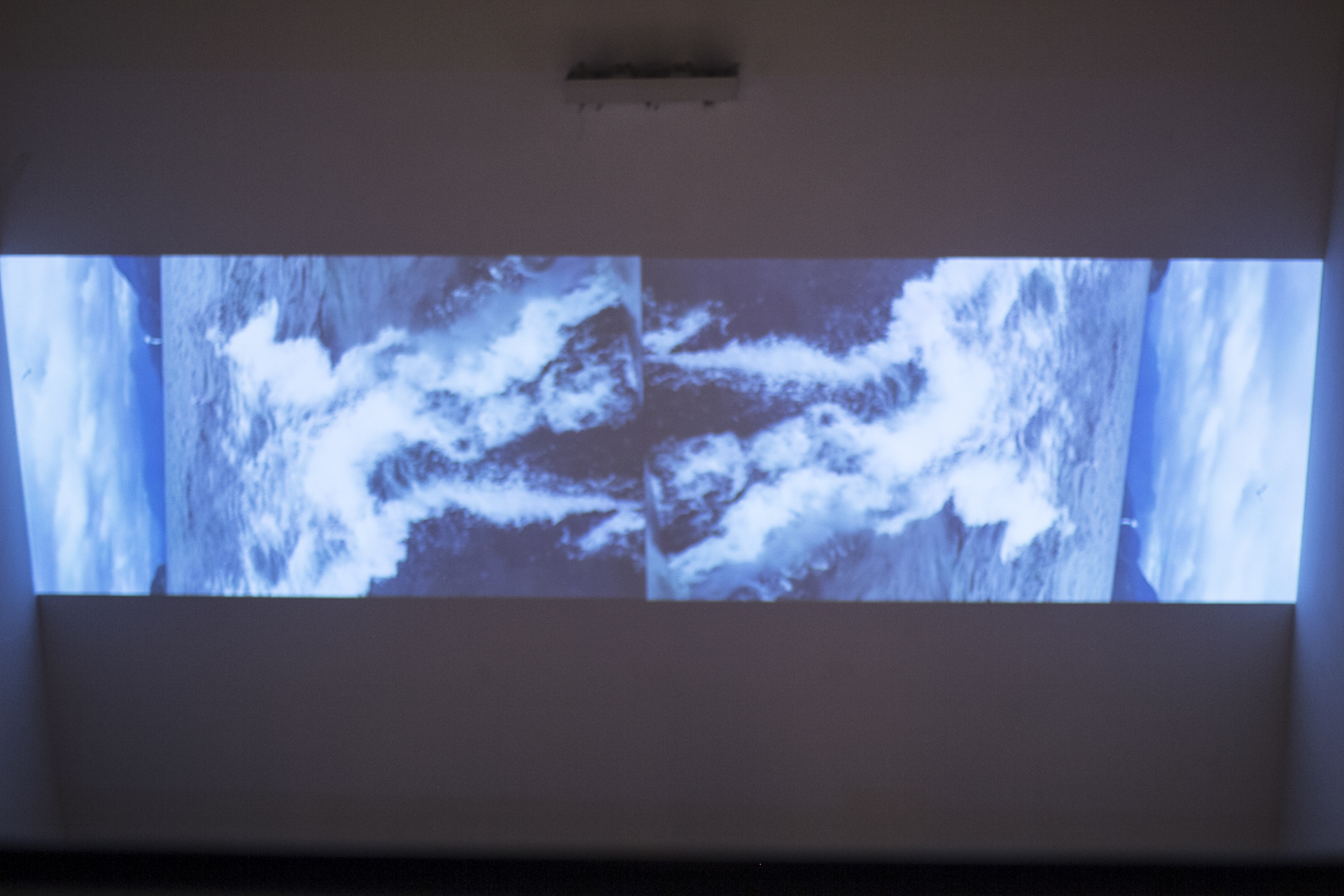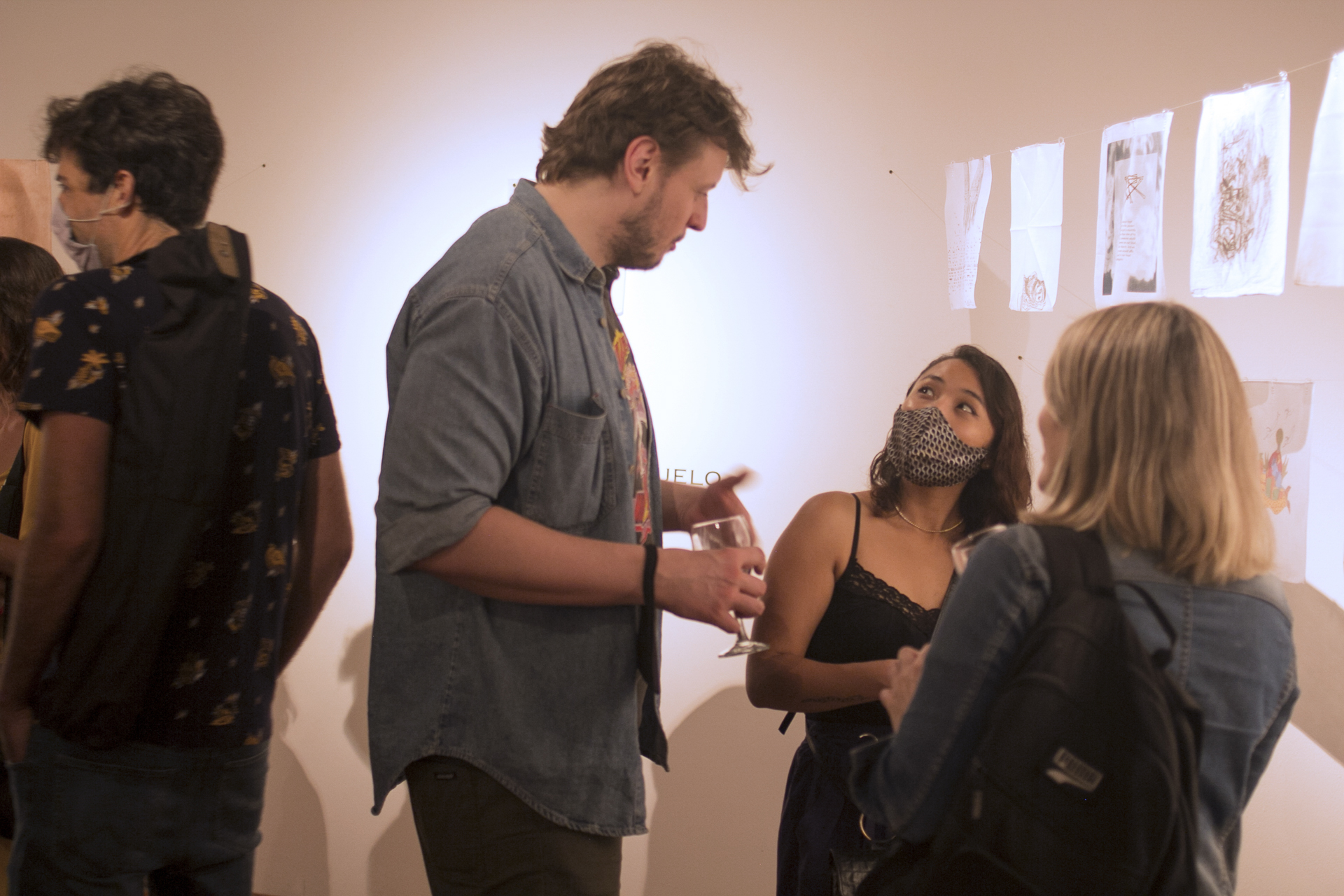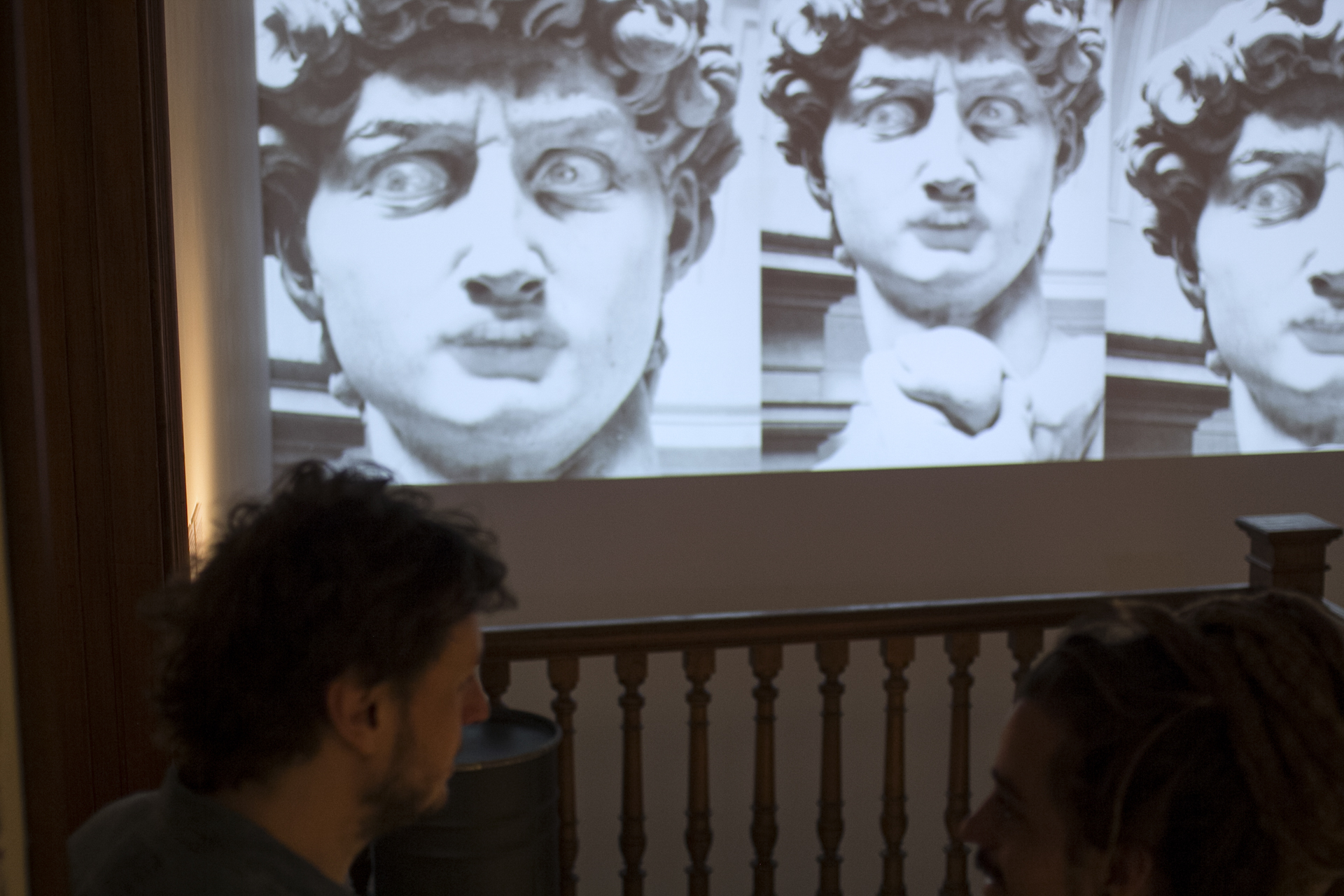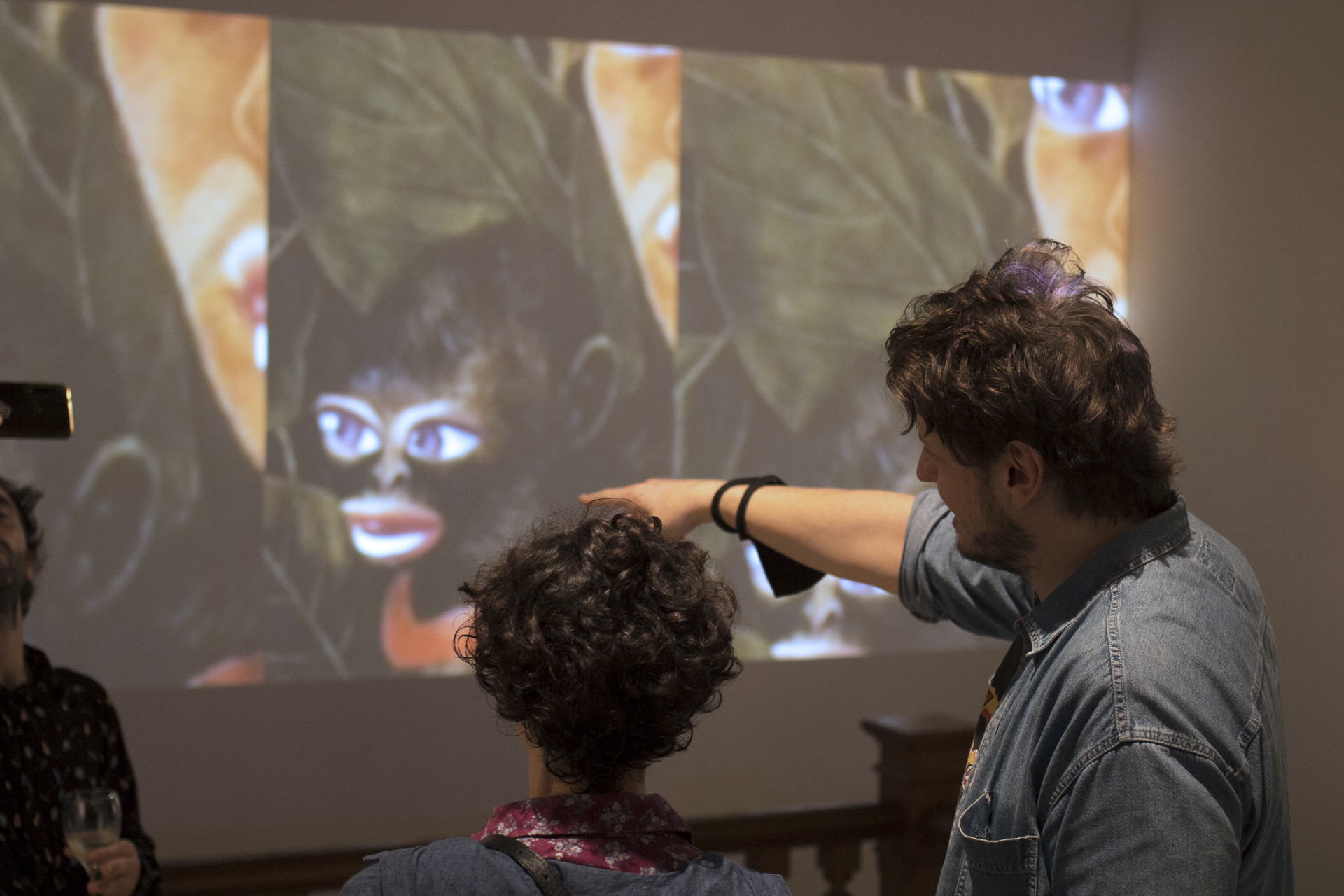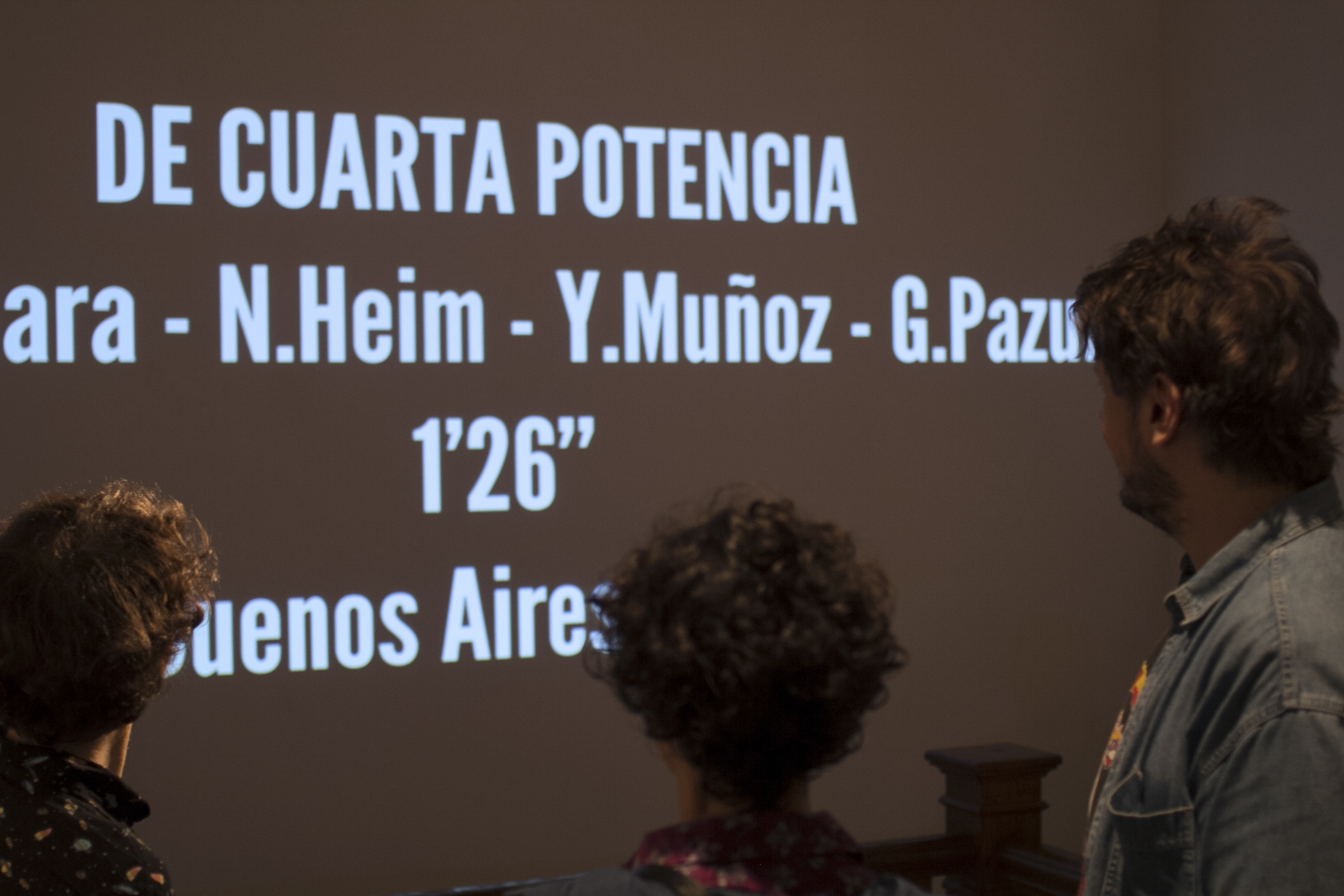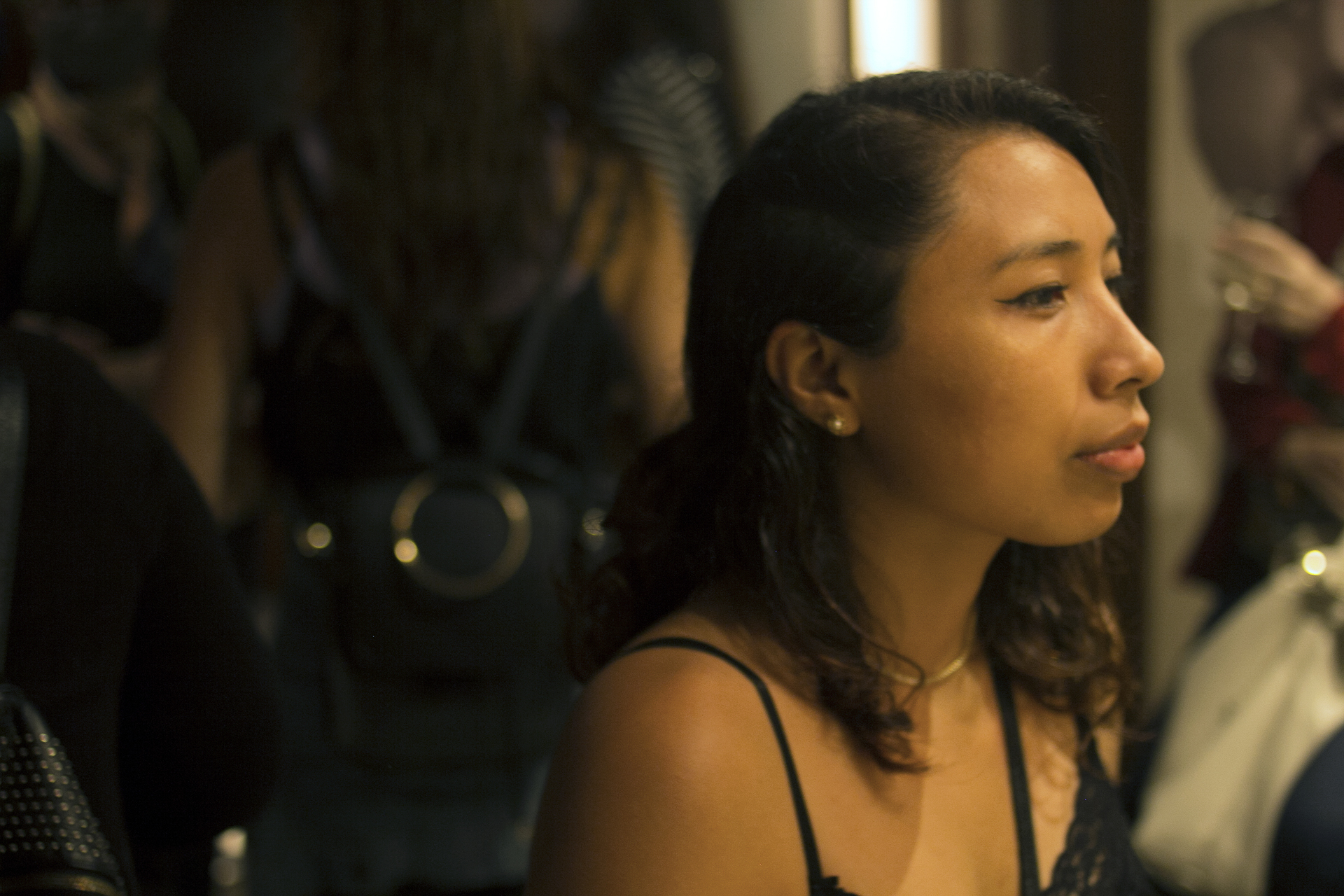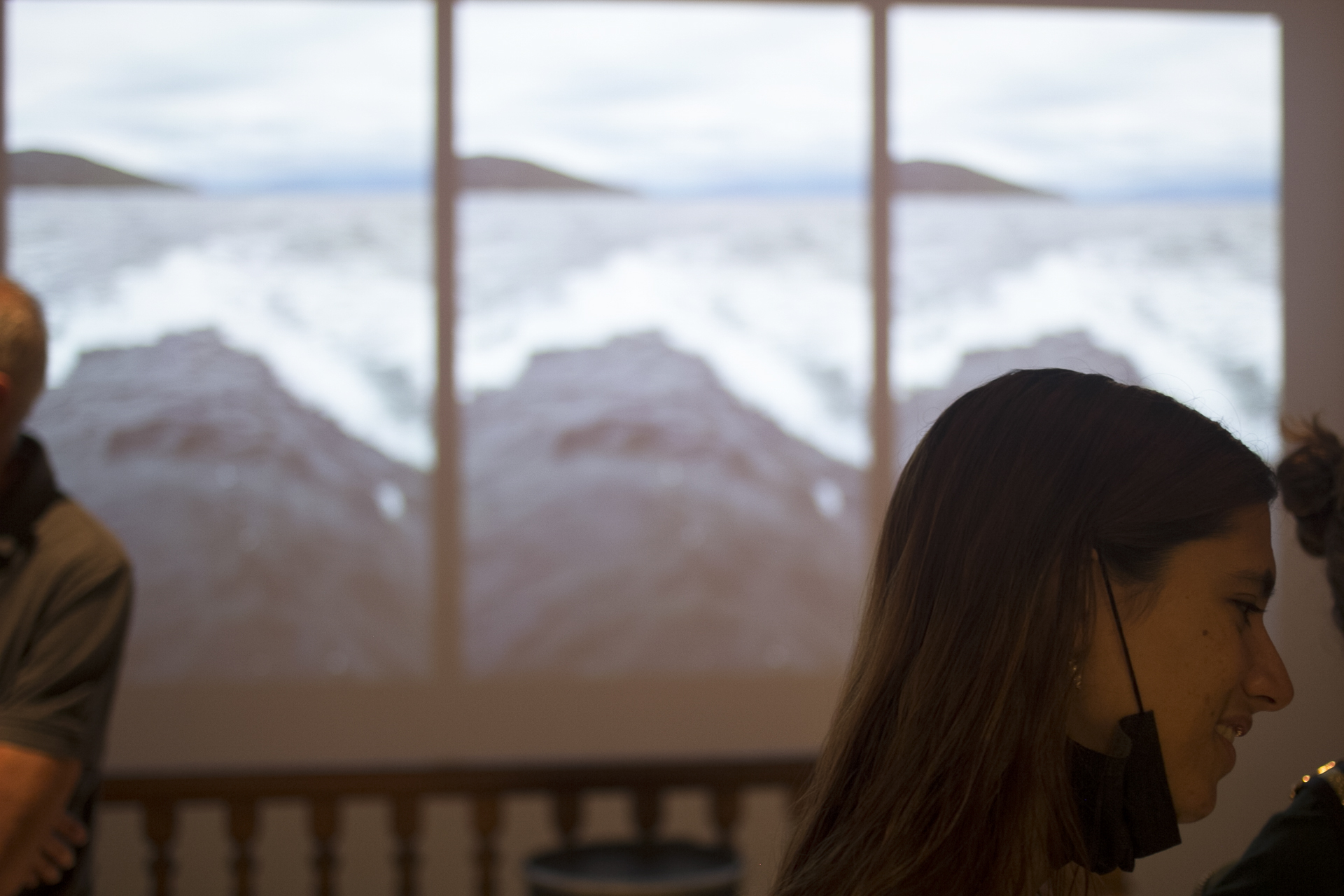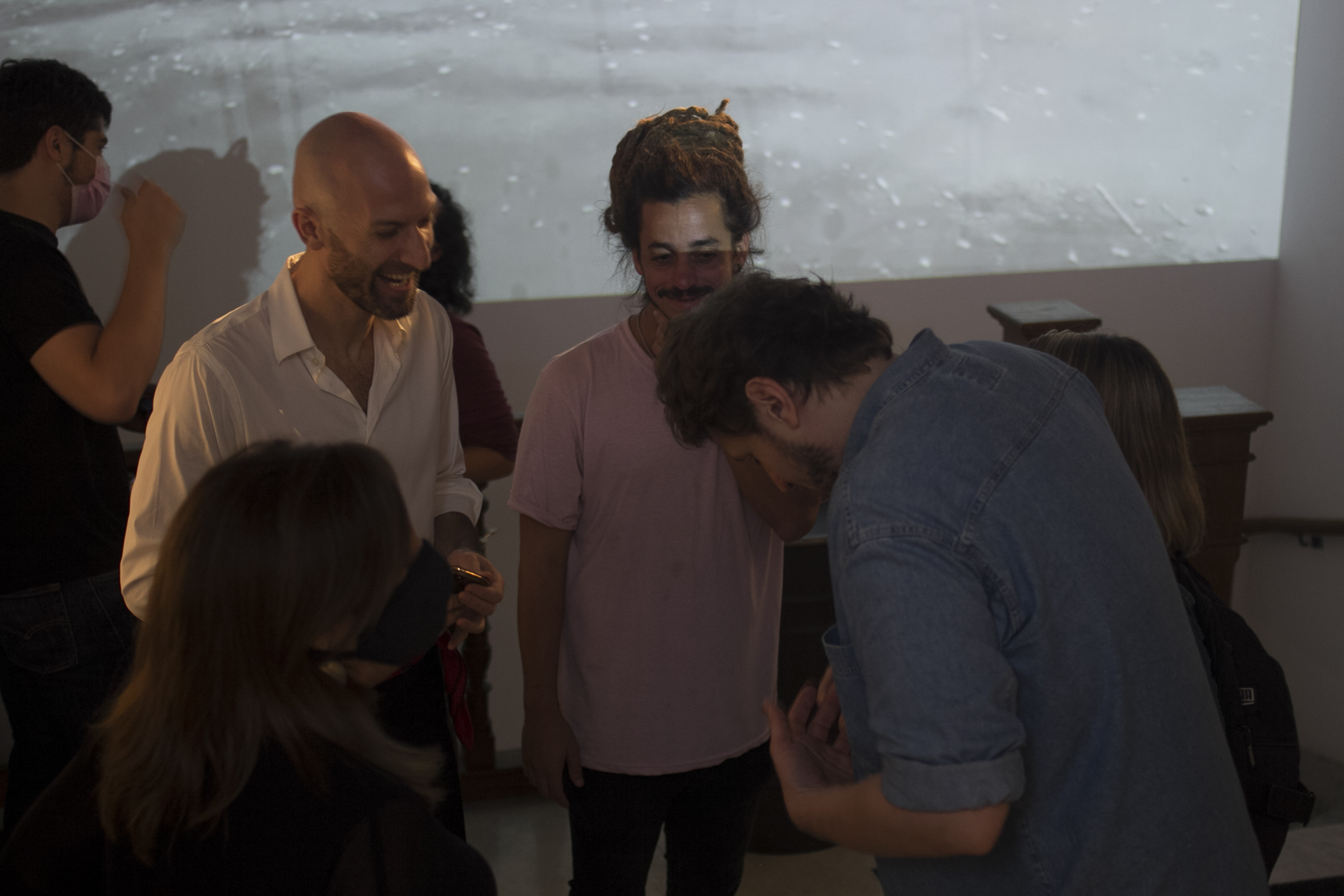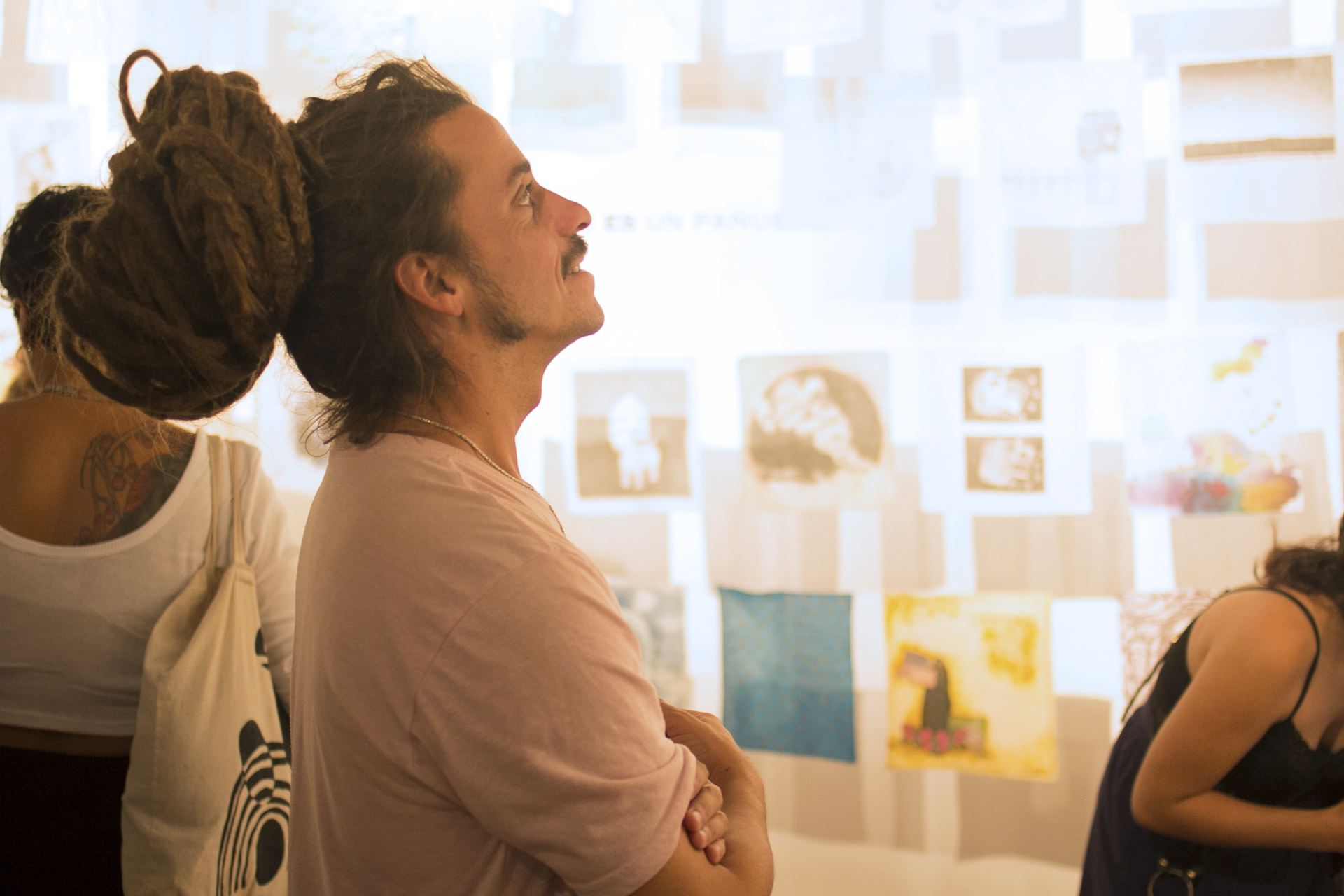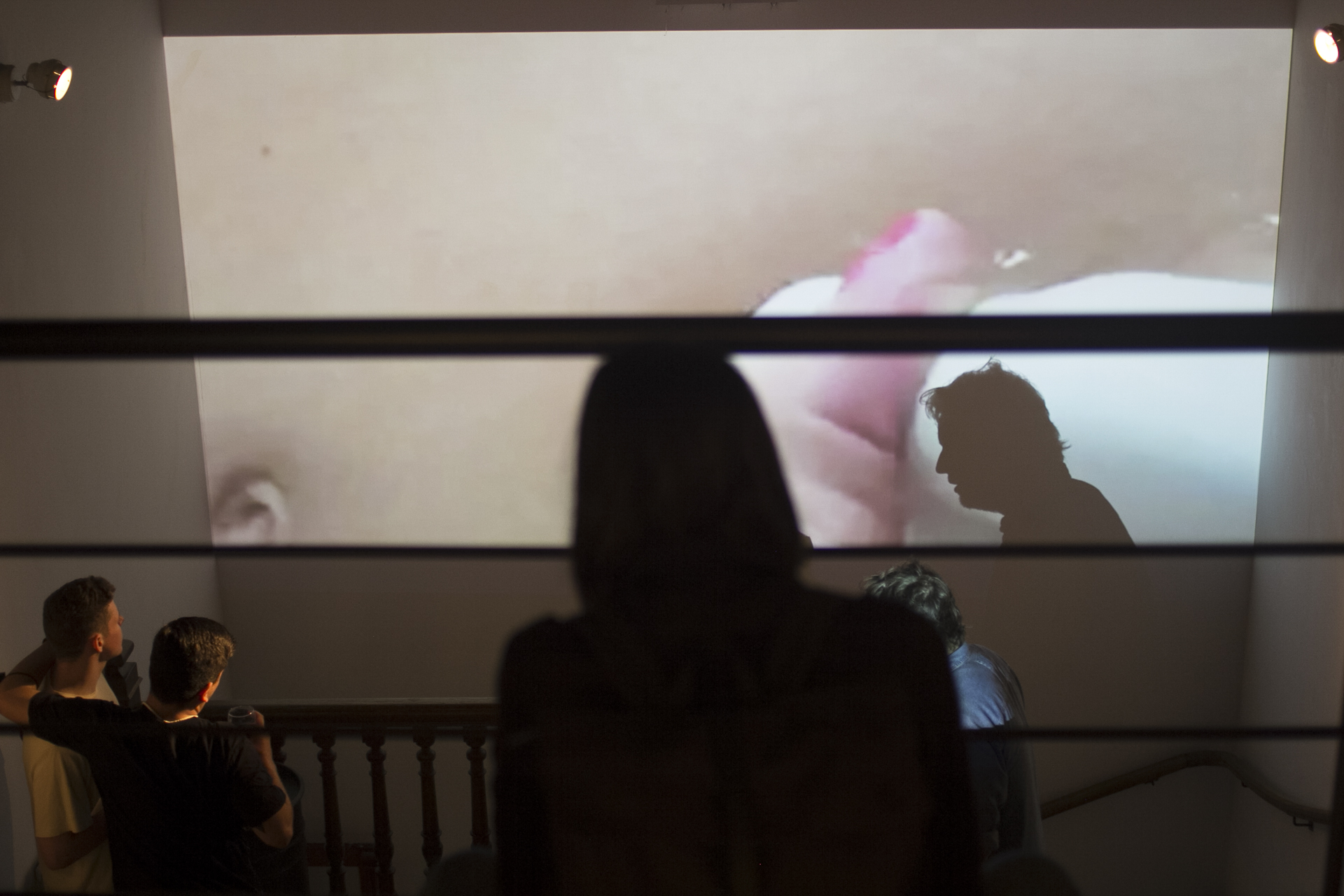Artists
Argentina
Francisco Benvenuti
#7: Cohabitar Fronteras
03.02.22 03.03.22
Teacher, interpreter and director. After several years dedicated to formal and non-formal education, in 2002 he began his training in theater, completing his training with contemporary dance and other scenic disciplines. He is currently studying the Bachelor of Arts at the University of Buenos Aires, in 2020 he participated in the Torcuato Di Tella University Film Program coordinated by Andrés Di Tella.
ARTIST´S STATEMENT
For this reason, I consider important in my work the processes, the atmospheres, the possibilities and directions that arise from the dialogues: between colleagues, with the public, between disciplines, between the layers of meaning that make up the hypothetical work. Or maybe it’s just an excuse to hang out with loved ones while surviving as best you can.
ABOUT COHABITAR FRONTERAS
It was a great pleasure participated in Cohabitar Fronteras!! The exchange of ideas, shared review of works, teamwork, theoretical discussion. I found each instance very rewarding experience. I continue to confirm my fanaticism for friendly crossing environments.
BIO
Francisco Benvenuti
1978 | Buenos Aires, Argentina.
Lives and works in Buenos Aires City, Argentina.
RESIDENCIES
2022 | Together Apart: #COHABITAR FRONTERAS, Proyecto ´ace, Buenos Aires, Argentina.
OTHERS
2021 | “Fuego de San Telmo”, Short film in Editing process. (Screenwriter- Director- Editor)
2021 | “El Retorno del Jaguar, o el Misterio de la Gema Mágica”, Short Film. (Screenwriter- Director- Editor)
2019 |”Mazurcas”, Short theater piece. Defensores de Bravard Theater, Argentina.
2018-2019 | “Hay una estación de servicio al costado de una ruta”. Short theater piece. Defensores de Bravard Theater, Argentina.
2018 | “Apóstatas”. Audio-visual performance. Co-direction with Sofía Brihet in Matienzo Cultural Center- Studio Los vidrios, Argentina.
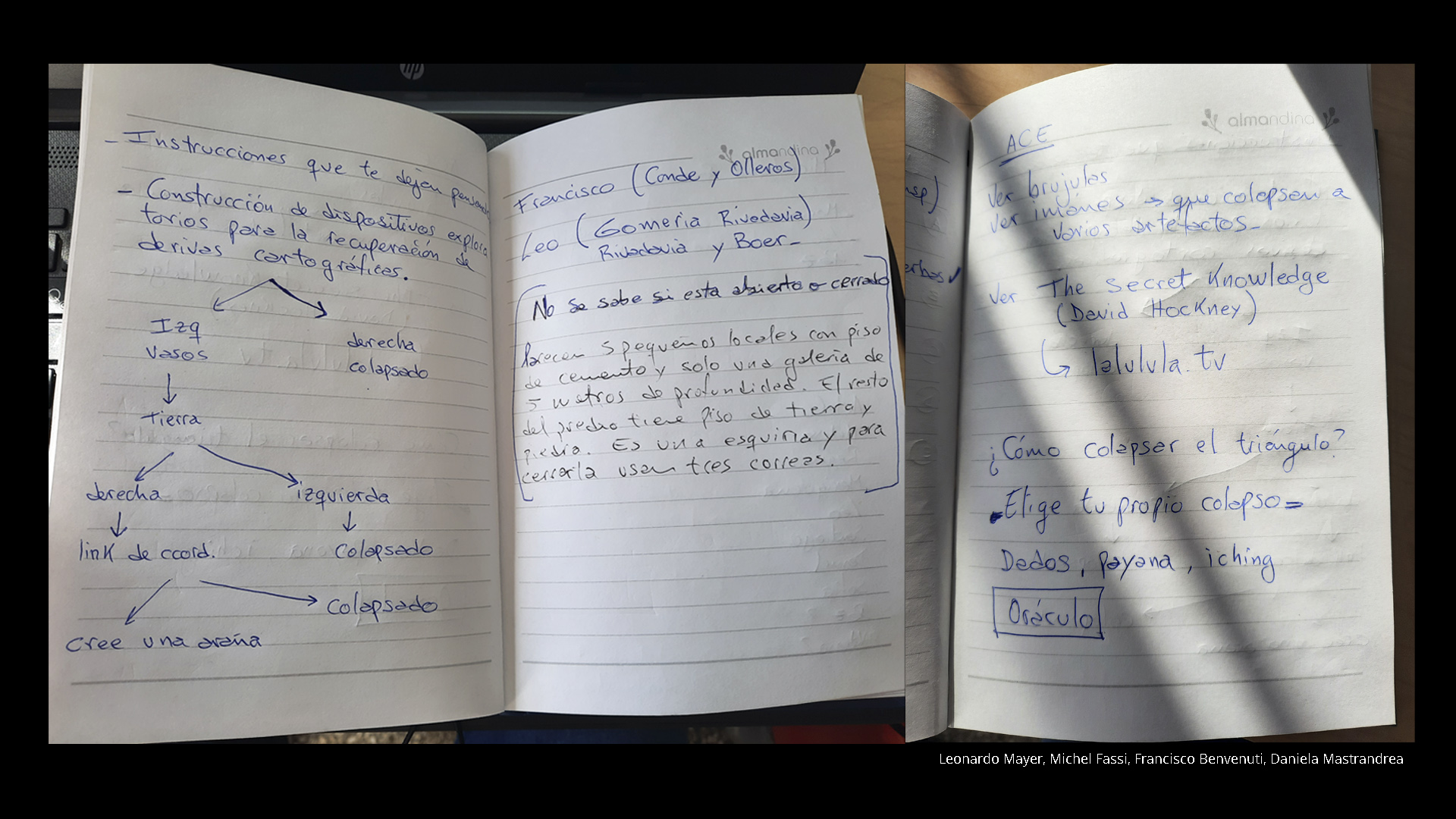
Related Activities
Fellowships, Together Apart
#7 | COHABITING BORDERS: results
Artists in dialogue
23.03.22
From cohabiting to collapsing, and vice versa, those were the movements and actions that we proposed from ‘ace for the seventh edition of Together Apart. We chose the title Cohabiting Borders with the intention of exploring the complexities that occur in the exchange of living together, and because we understand the meeting format of this program as an exercise in itself of cohabitation of a frontier: the border between our online and offline existence.
For this collective research, we also defined three axes that helped us review some possible strategies for cohabiting borders, these were: pointing frontiers, deprogramming frontiers, and metabolizing frontiers.
In this way, we were also able to observe different types of borders that contemporary artistic practices explore, from geopolitical, climatic, and technological borders, as well as the borders between forms of knowledge and methods of linking with the world.
The participating artists designed collaborative dynamics based on their areas and disciplines of knowledge but above all, opening themselves to the encounter with the experience of the other(s). In this way, great relevance was given to the exchange and the works generated from the reflection on the possible points of articulation between artists from very varied contexts.
In tune with the online environment of the program, many artists used that condition of “being connected” as an object and means of research, development and presentation of their works. They used streaming platforms such as Twitch and social media visual resources (Instagram filters) or video games. Also, several of Google's tools were used. In some cases these were useful to observe photographic records of artificially generated borders between countries (Google Street View) and in others, the artists resorted to them to point out the limiting or creative interactions that are possible between human knowledge and artificial intelligences. (Google translate). In turn, there were many proposals that involved leaving the online world towards an exploration of the environments where each artist was and the records of it through
photographs, videos and the creation of video-essays.
Moved from the beginning by the desire to understand borders as membranes rather than walls, during the month of work, the artists began collaborative creative searches that have led to visual exercises that will be presented at the ´ace Foundation on Wednesday March 23 and that in many cases, they will be ongoing investigations.
Related artists
FACILITATING TEAM
Daniela Ruiz Moreno (curator), Alicia Candiani (Director at ´ace) and Andrés Knob (Executive Coordinator at ´ace).
Assistant: Florencia Alborcen.
